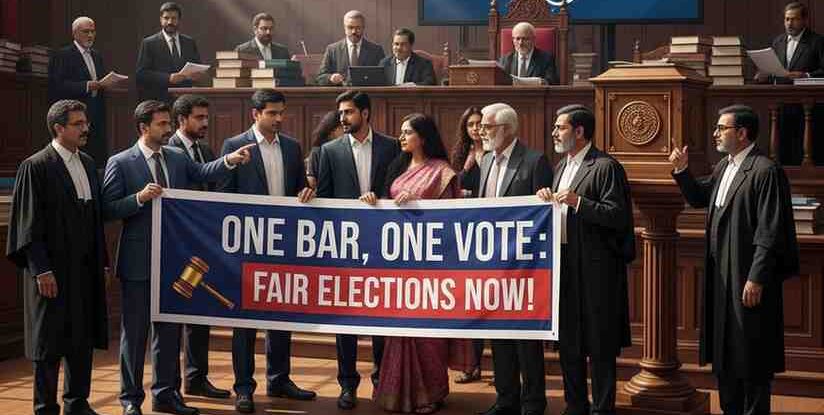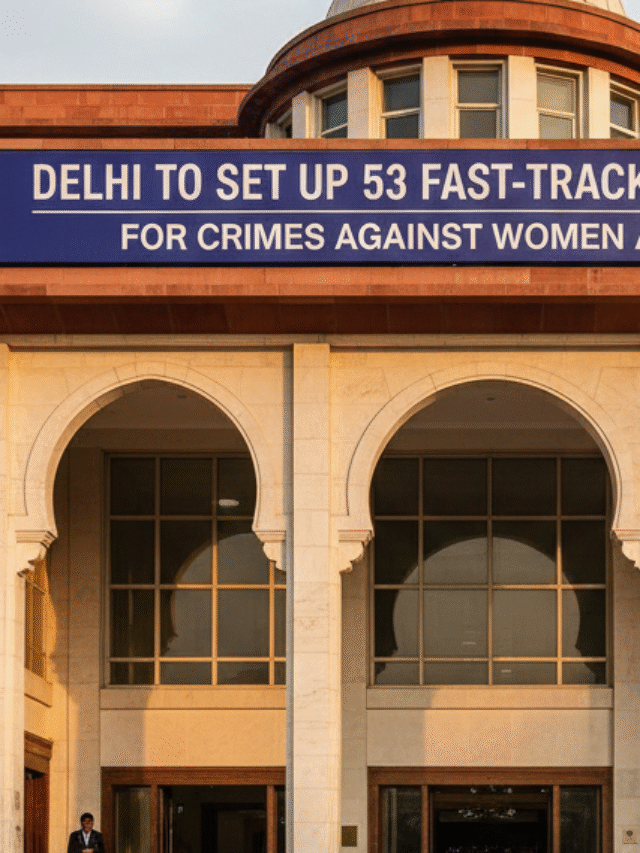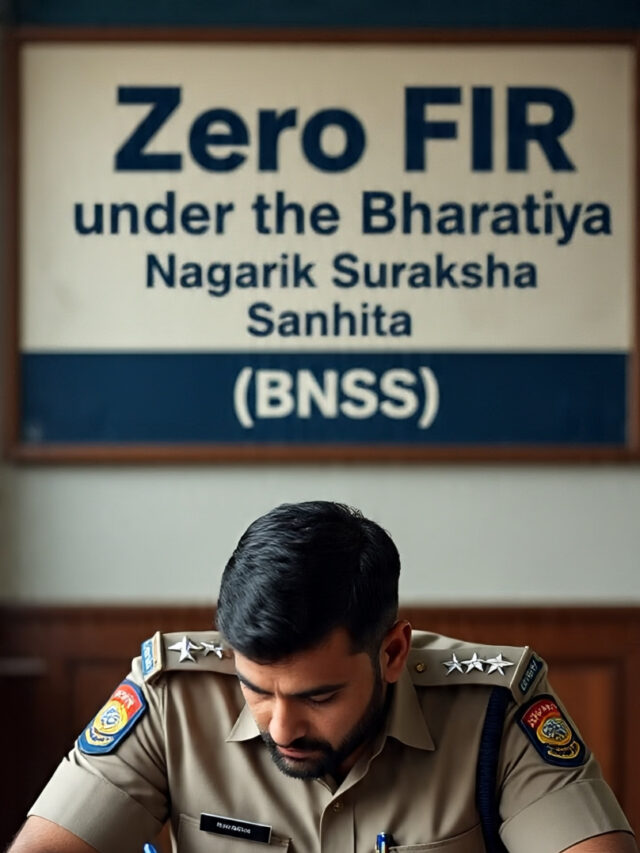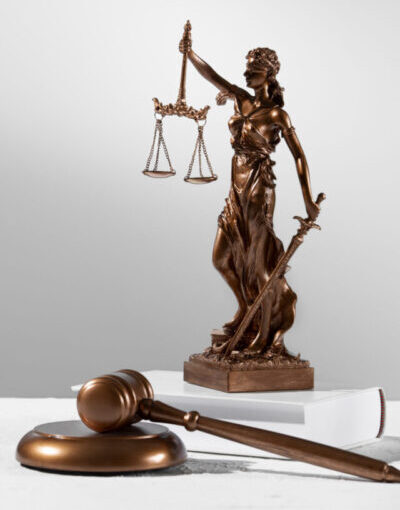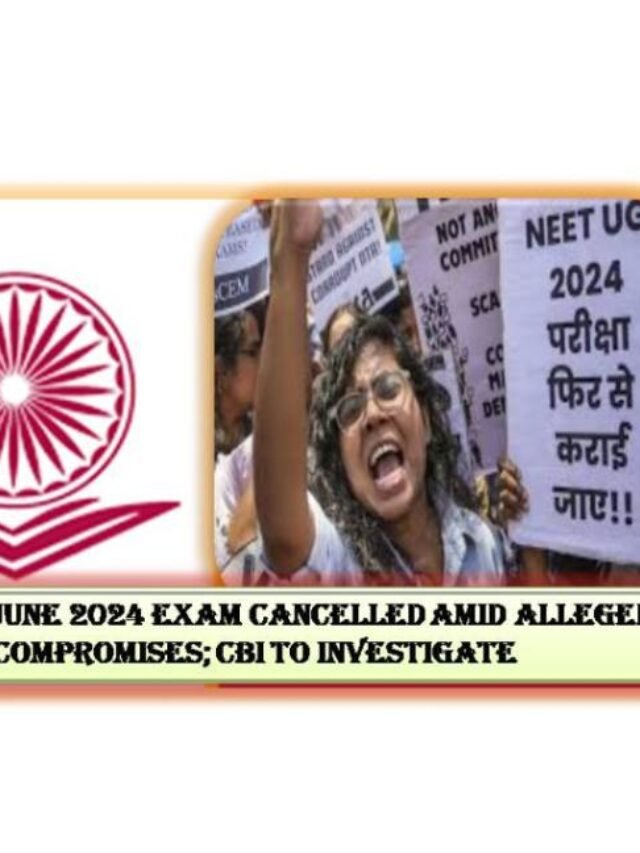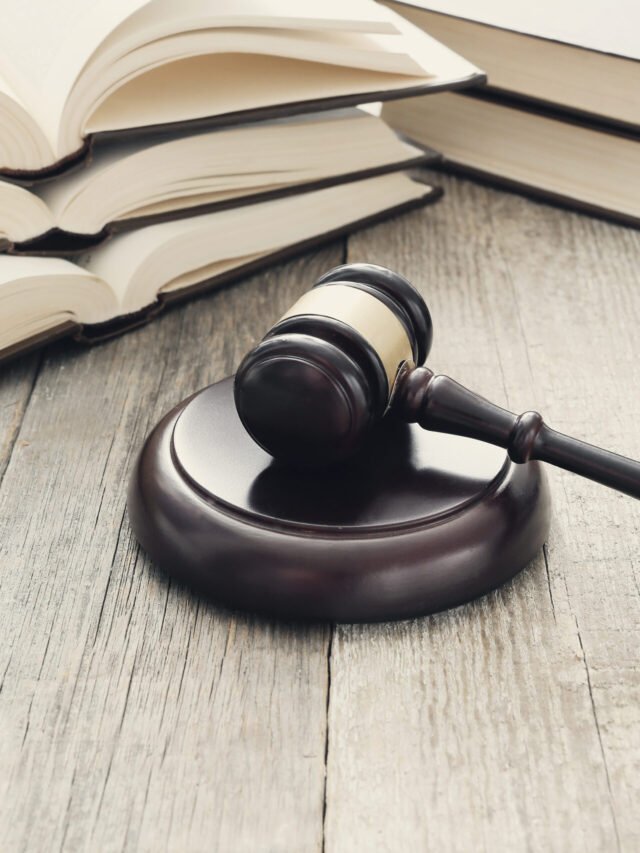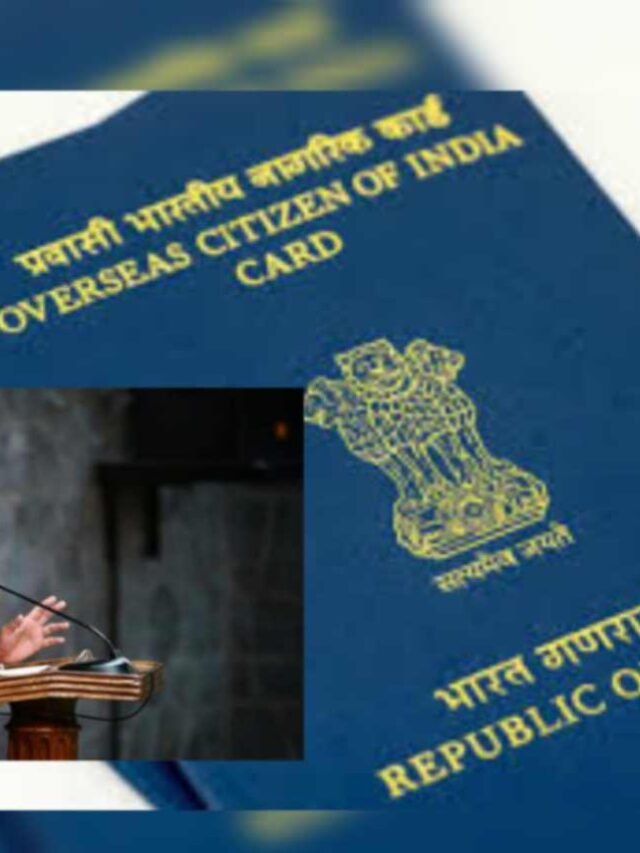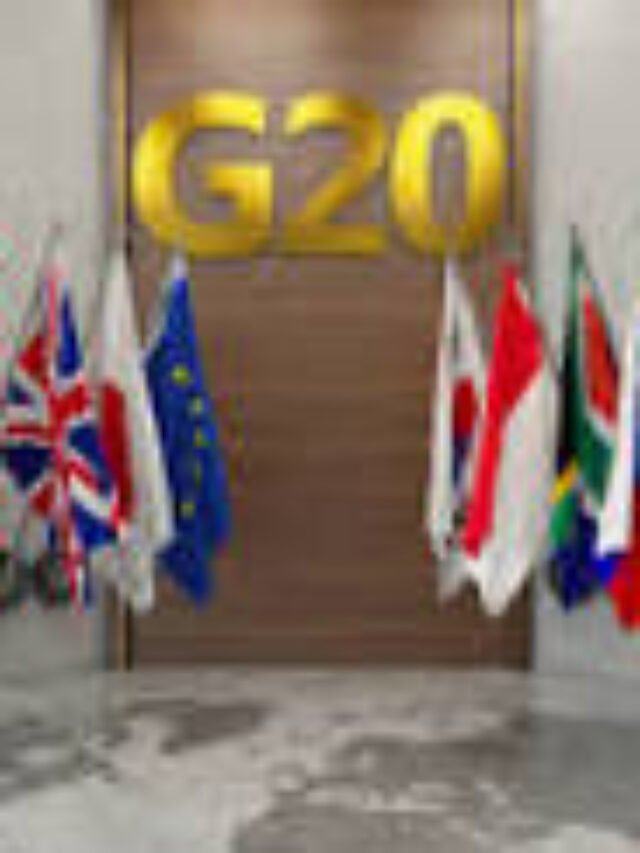The Bombay High Court’s directive to implement the ‘One Bar, One Vote’ rule in HCBA elections has sparked debate, with lawyers citing impracticality due to lack of centralized verification and insufficient time for compliance.
Introduction
The Bombay High Court’s recent decision to enforce the ‘One Bar, One Vote’ rule in the upcoming High Court Bar Association (HCBA) elections has sparked significant controversy. While the rule is intended to ensure fair representation and transparency, many lawyers have expressed concern about its practical implementation. They argue that the absence of centralized systems and a short compliance timeline make it nearly impossible to follow the directive effectively.
Background of the Rule
The ‘One Bar, One Vote’ principle is designed to ensure that an advocate casts a vote in only one bar association election, even if they hold membership in multiple associations. This initiative aims to prevent multiple voting and maintain fairness in electoral processes. Though the idea has been endorsed in various rulings and guidelines over the years, its enforcement has been uneven across different bar associations.
The Bombay High Court’s Directive
In recent months, the Bombay High Court instructed the HCBA to implement the ‘One Bar, One Vote’ system for the forthcoming elections. The court emphasized the importance of upholding democratic integrity within the legal profession. Under the directive, members are required to submit a declaration confirming their exclusive voting rights in the HCBA elections for a period of three years. Non-compliance would render a lawyer ineligible to vote, and repeated violations could lead to disqualification. The election committee has been asked to distribute the declarations widely and ensure all members are informed about the process.
Lawyers’ Concerns About Implementation
Despite the court’s clear instructions, many advocates have raised concerns regarding feasibility. The primary issue is the lack of a centralized verification system to track memberships across multiple bar associations. Without such a system, it is extremely difficult to confirm whether a lawyer is attempting to vote in more than one association. Additionally, lawyers argue that the short timeframe given to submit declarations and verify eligibility does not allow sufficient preparation. The administrative burden on the election committee, including cross-checking records and resolving disputes, adds further complexity.
Challenges in Election Administration
Election officials have highlighted several practical difficulties. Firstly, there is no uniform digital database to track bar membership nationwide, leaving committees reliant on manual verification. Secondly, lawyers often hold memberships in multiple local bar associations, which complicates verification. Finally, the limited time between the court’s directive and the scheduled elections increases the risk of errors and disputes, potentially undermining the credibility of the process.
Calls for Postponement and System Improvements
Many in the legal community have suggested that the implementation of the ‘One Bar, One Vote’ rule be postponed until a more robust system is in place. Proposals include creating a centralized digital registry of bar members and allowing more time for compliance. Advocates also suggest gradual implementation to ensure that all legal professionals understand and can adhere to the new process. Such measures would help balance fairness with practical feasibility.
Conclusion
While the ‘One Bar, One Vote’ rule is designed to promote fairness and integrity in bar elections, its immediate implementation has exposed several logistical and administrative challenges. Lawyers’ concerns underline the need for centralized systems and realistic timelines to ensure compliance. For the reform to succeed, careful planning and infrastructure development are essential, ensuring that electoral fairness does not come at the cost of administrative chaos.

